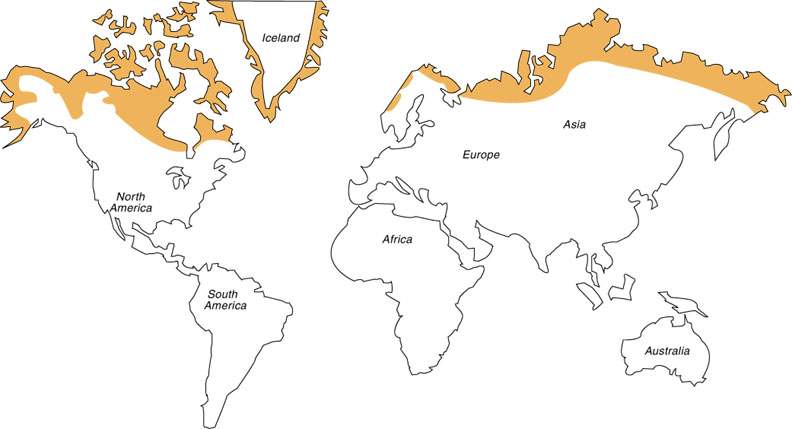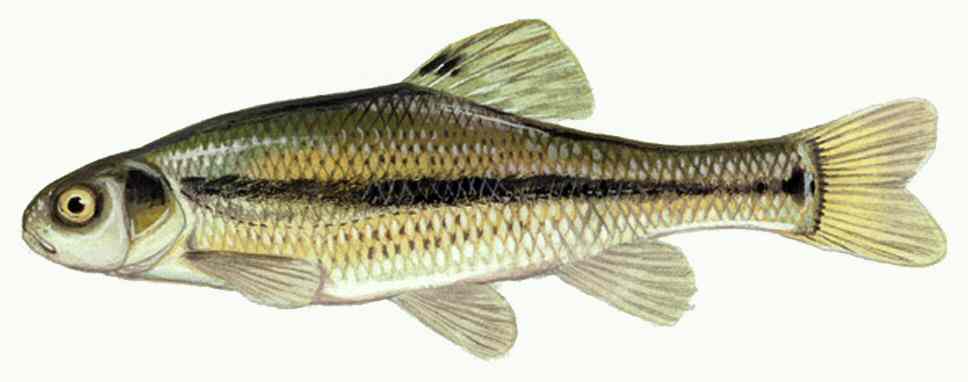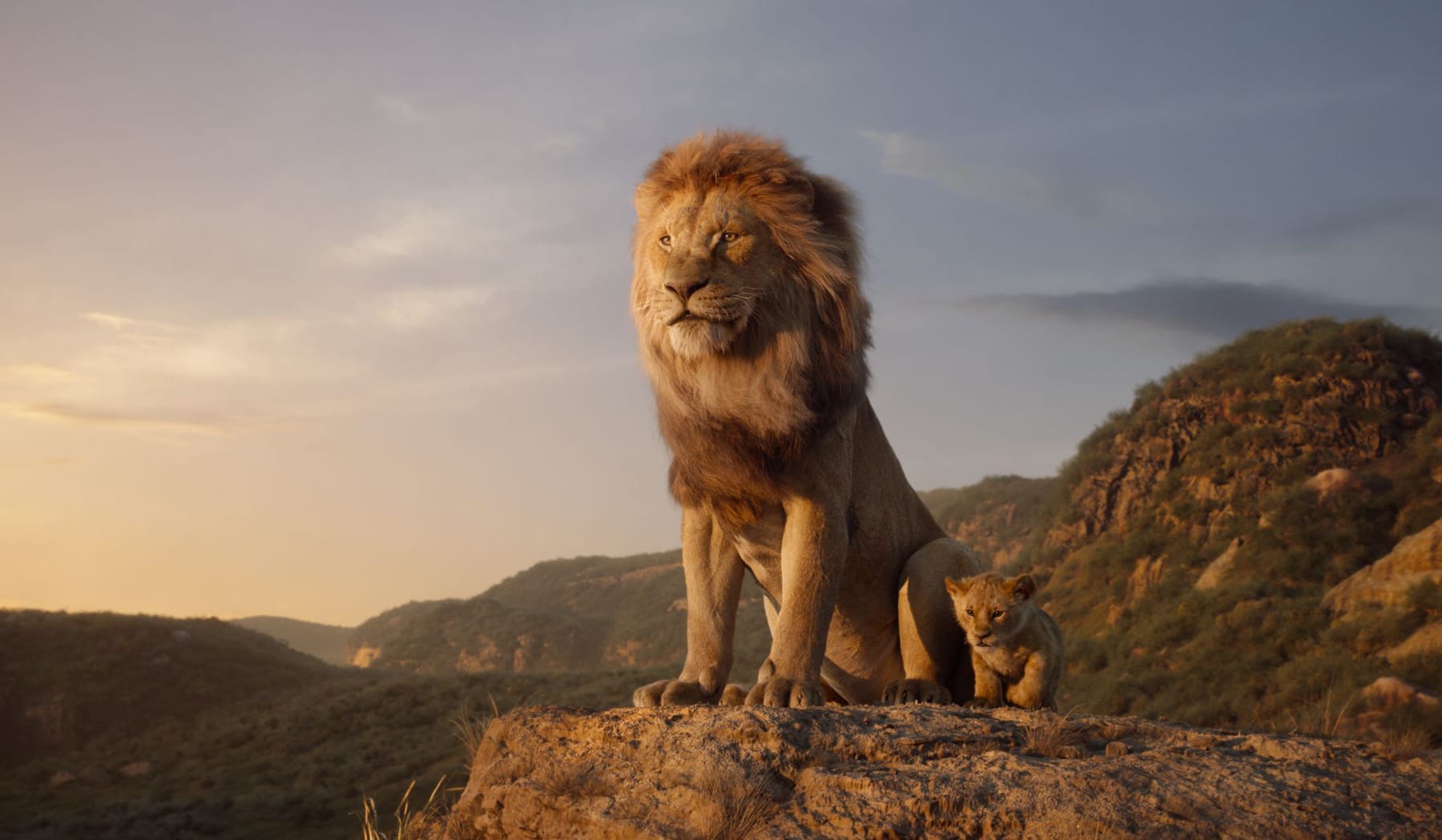land iguana Galapagos island By: Isaiah Trujillo and jaime mendoza
taiga is located to the north of the wrold

a fox lynx bear and tiger or predators in taiga
Taiga food web
grey wolf etas bobcat etas red fox etas birds etas nuts.Lynx deer and rabbit etas grass black bear etas all of the taiga animals that are in the food web they do not people
water quantity
taiga animals experiences relatively low precipitation throughout the year (200–750 mm annually), primarily as rain during the summer months
taiga temperaturethe temperature in taiga gets to -65 to 30 degrees the winters in taiga are very long in the summer in taiga are warm,rainy and humid
How do males attract females
Snake struck the females by the pattern in their back or because not all patterns are the same.
Deers to attract females it is by intimidating other deers that is bad cuz sometimes predators like to attack them well they're trying to intimidate the other
The type of asexual reproduction in whiptail lizards generates all-female offspring. The Komodo dragon, turns out, can do both: they can reproduce sexually or asexually depending on their environmental

This animals asexual reproduction works on depending on the environment so on some occasions it will clone itself
A pine tree is a tip of tree that can replace it branches and the branches can grow as a trees and a lot of plants can do this not only pine trees.
Internal and external fertilization

Once in the female's body, the sperm cap is deposited in an internal pouch called the spermatheca and the eggs are then fertilized as they pass through the cloaca
Minnows

There is a lot of types of your minnows
But what they all have in common is their external fertilization what the male do is a let out their sperm and it will find the egg fertilized then once they how much they will look for their mother and climb inside their stomach into their too big then she will spit them out.
Hammerhead shark
 What the hammerhead shark does is that it releases sperm and enter to one of two organs of the female called claspers
What the hammerhead shark does is that it releases sperm and enter to one of two organs of the female called claspers
LION


Males as old as 16 can produce viable sperm, but reproduction probably ceases after their pride tenure is lost. Females at Phinda conceived for the first time at 32 – 33 months [66] with most lionesses having given birth by the time they are four years of age [18].
animals adaptations
lynx
Some animals have structural adaptations that help them survive in the taiga. The Canada lynx's wide paws work like snowshoes.
bald eagle
Bald eagles have specially adapted feet and talons to help them out. A series of bumps on the bottom of their feet -- known as spicules 'help them hold on to their prey during flight. They also have razor sharp talons that they use to grab their prey, kill it and tear into its flesh.
oak
One adaptation that oak trees exhibit is very deep root systems, which help them find water. This is especially useful in a habitat that's prone to drought. The leaves of many oaks are thick and have small stomata, which reduces the rate of evaporation and water use.
willow
The adaptations of a willow tree include a thick, scaly bark, strong imbedded roots, reproduction abilities, and salicin. The thick, scaly bark helps.
moss
Mosses are considered to be only partially adapted to land because they are non-vascular plants. Moss has adapted to life on land by having a thick cell wall that provides support. It also provides a special storage area for water and nutrients.
tiger
Adaptations. The tiger's striped coat helps them blend in well with the sunlight filtering through the treetops to the jungle floor. The tiger's seamless camouflage to their surroundings is enhanced because the striping also helps break up their body shape, making them difficult to detect for unsuspecting prey.
(70) School project part 2 - YouTube
Animal adaptations in galapagos island





Comments
Post a Comment